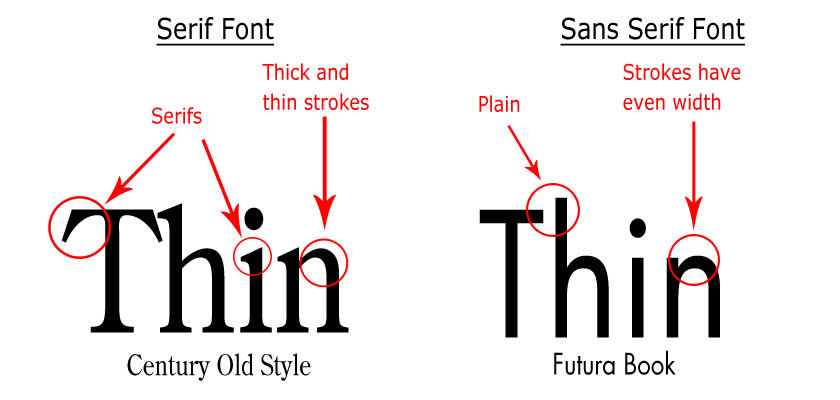Memory
Introduction:
- Storage space in computer.
- Used to process data and instructions required for processing are stored.
- Divided into large number of small parts called cells.
- Each location or cell has a unique address which varies from 0 to memory size minus one.
Types Of Memory
| Primary Memory |
secondary Memory |
| Volatile in nature |
Non-volatile in nature |
| Used for Processing |
Used for Storage |
| Small memory |
Large memory |
| Examples are Static RAM,Dynamic RAM |
Examples are PROM,EPROM,EEPROM |
I.PRIMARY MEMORY
1.Random Access Memory
(RAM)
 |
- Volatile -When power supply of computer is switched off or interrupted the stored information in the RAM is lost.
|
There
are two types of RAM.
|
Static RAM |
Dynamic RAM |
| Retain Stored Information |
Yes |
Yes |
| Need to be refreshed |
No |
Yes |
| Speed |
High |
Moderate |
| Power Consumption |
More |
Less |
2.Read Only Memory (ROM)
- Its contents are not lost when power supply of computer is switched off.
- Contents are written at manufacturing time.
- Store permanent programs and information needed by the computer to execute user programs.
|
 |
PROMs (PROGRAMMABLE ROMs)
- Users can write information in PROMs, EPROMs and E2PROMs
|
PROM |
EPROM |
EEPROM |
| Can be programmed |
Yes |
Yes |
Yes |
| Can be Erased/Modified |
No |
Yes |
Yes |
| Probability to be programmed |
Only one time |
Multiple |
Multiple |
| How can be erased |
Cannot be erased |
With UV Light |
With Electrical energy |
| Retain the old data |
No |
No |
Yes |
| Speed |
Fast |
Fast |
Slow |


Floppy Disk
- Soft magnetic disk often called floppies or diskettes.
- Portable.
- Slower to access.
- Less storage capacity.
Magnetic Disk or Hard Disk
- Higher storage capacity.
- Coated with magnetic oxide.
- Information stored with the help of magnetization.
- Read/write head is used to read or write the data on disk.
- Disk is divided into tracks,sectors and clusters.
- Address of a disk is required to read or write data.
- Address is specified in terms of surface number,track number and sector number.
- Once the address is found the header transfers the data to primary memory.


Magnetic Tape
- It consists of electrical,mechanical and electronic components.
- Bits are recorded as magnetic spots on the tape.
- Read/write heads are mounted one in each track to record and read sequence of characters.
- Information is recorded in blocks called records.
- Each record has identification bit pattern.
- Addressed by specifying record number and number of charectors.
Optical Disk(CD-ROM)
- Compact disk-Read Only memory.
- Coated with highly reflective metal.
- Data recording is accomplished by turning the laser beam on.
- Tiny holes called PITS are burnt into metal coating on disk to represent 1 or 0.
- Storage density is enormous.
- Fast access and Low cost.
- High storage capacity than magnetic tapes.
Magnetic Drum
- Direct access storage device for sequential and random processing.
- Contains cylinder coated with magnetic material.
- Cylinder surface is divided into tracks on which data is stored in the form of magnetic spots.
- Data is read through read/write heads.
- Whenever new data is recorded old data gets erased.
Flash Memory
- Non-Volatile.
- Can be erased and reprogrammed very fast.
- Its a variation of EEPROM which takes much time to update.
- Often used to hold controls code i.e., input/output system code in a computer.
